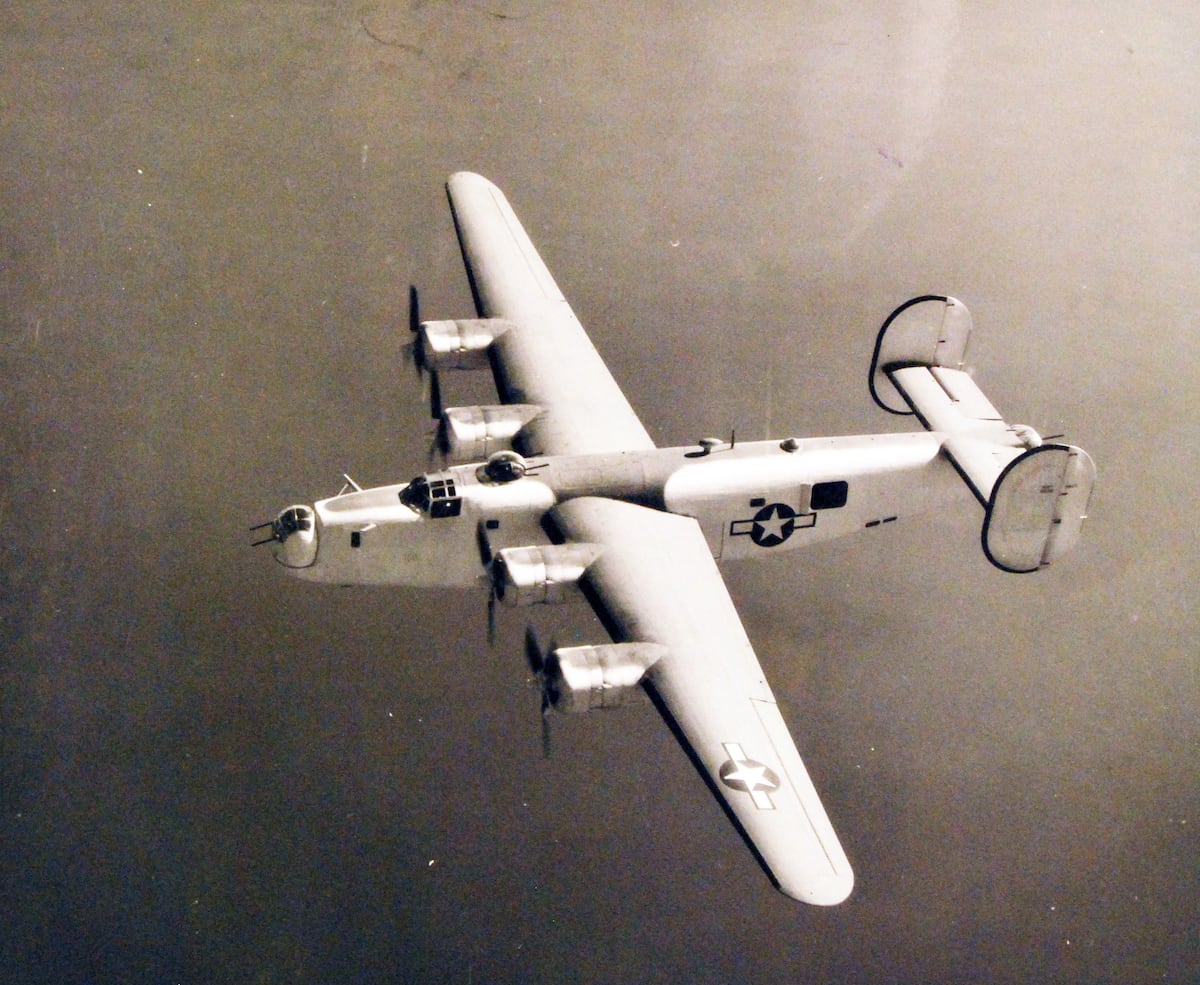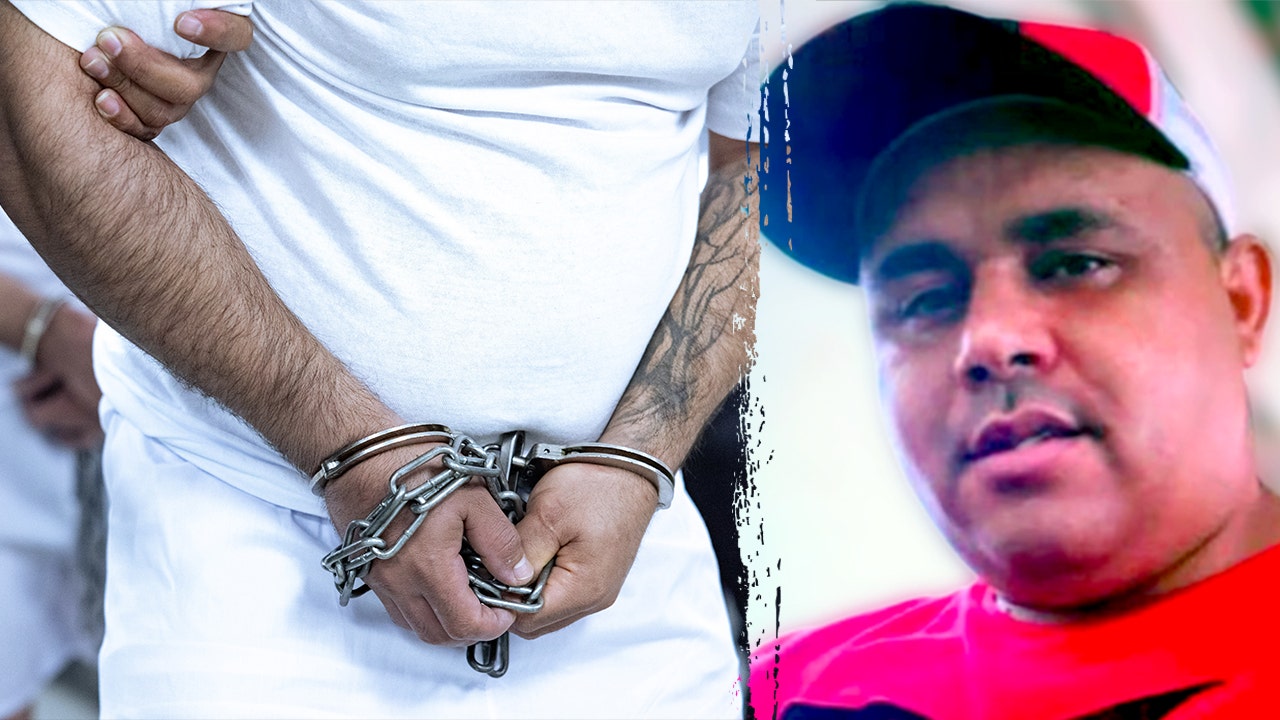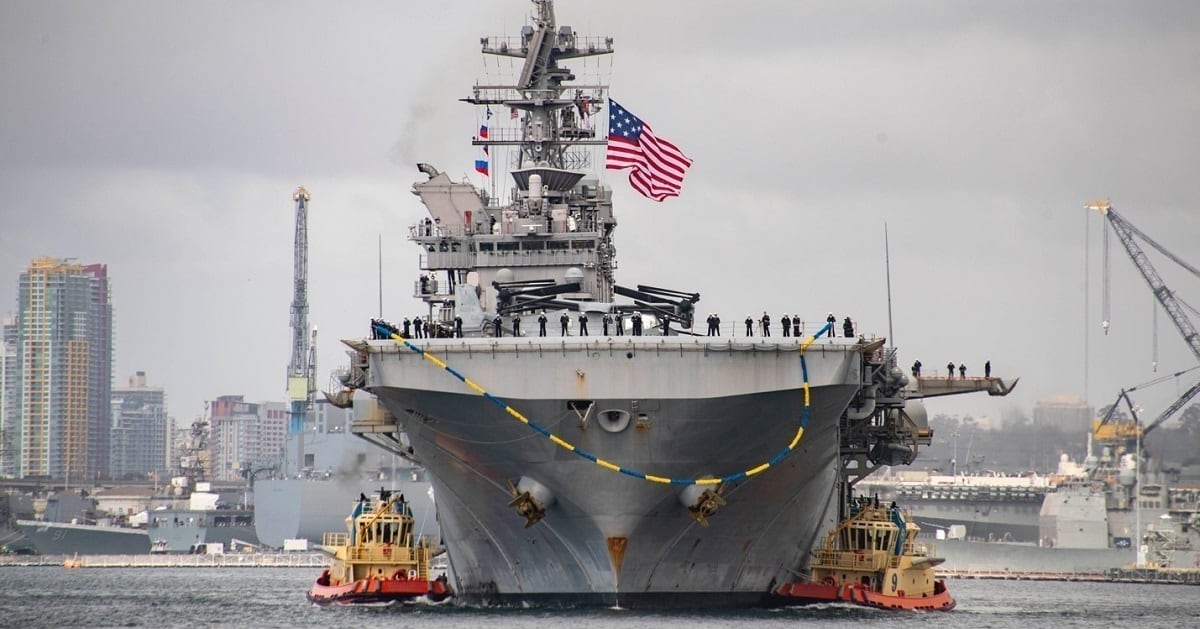This pilot sought to avenge his brother’s death over the South Pacific

Of the many aircraft in which airmen fought their way to receive the Medal of Honor, alive or posthumously, only one flew the Consolidated PB4Y-1, a U.S. Navy variant of the B-24 Liberator. In contrast to its U.S. Army cousin, which bombed Axis industrial targets en masse over Europe during World War II, the Navy’s “Privateer” flew patrols over the Pacific in fours or less, often alone. It was on one of those lone forays that Bruce Van Voorhis received the Medal of Honor.
Born in Aberdeen, Washington, on Jan. 29, 1908, Van Voorhis spent most of his youth in Fallon, Nevada, where he graduated from Churchill County High School in 1924. From there he entered the U.S. Naval Academy at Annapolis, Maryland, obtaining his officer’s commission in June 1929. In September 1931 he qualified as a pilot and was promoted to lieutenant junior grade in June 1932.
Van Voorhis went through the usual succession of naval assignments pre-war, before being promoted to lieutenant commander in January 1942 after the Japanese carrier attack on Pearl Harbor plunged the U.S. into the conflict.
That July, Van Voorhis received the devastating news that his brother, 1st Lt. Wayne Van Voorhis, had been reported missing in action in the Philippines. Later research revealed he had been taken prisoner and survived the Bataan Death March, only to die of malaria in a prison camp.
Keen to avenge his brother’s death, Van Voorhis adamantly requested a combat assignment in the South Pacific. Early in 1943 he was given command of naval patrol squadron VP-14, then to patrol bomber squadron VB-102 at Kaneohe Bay, Hawaii. In April his squadron was dispatched to the Solomon Islands, operating from Carney Airfield, off Guadalcanal.
On July 2, 1943, Van Voorhis flew a mission in which he reported bombing a cargo ship, a destroyer and a destroyer escort, commenting only that the enemy’s anti-aircraft fire was inaccurate. On July 6, he volunteered to fly a lone reconnaissance mission to Greenwich Island off Kapingamarangi Atoll, the southernmost of the eastern Caroline Islands.
Taking off that night in his PB4Y-1, Van Voorhis and his crew made their way through poor visibility and treacherous winds to reach their objective 700 nautical miles away. As compiled from Coastwatchers and Allied intelligence, upon arrival Van Voorhis made six shallow dives in the face of accurate anti-aircraft fire and enemy fighters, each attack run coming at lower altitude than the last. His bombs destroyed a radio station and some anti-aircraft artillery, also driving down an enemy fighter and strafing three others in the lagoon. In his last run, however, Van Voorhis’ plane was shot down.
RELATED

Discovered after the war, a Japanese logbook of the event somewhat differed from the Allied account. In it, three Mitsubishi F1M2 reconnaissance floatplanes of the 902nd Kokutai (naval air group), led by Warrant Officer Tokio Uchimura, scrambled up to engage the bomber and shot it down. The F1M2, codenamed “Pete” by Allied intelligence, was the last military biplane produced by the Japanese and although armed with two synchronized 7.7mm machine guns for the pilot and one for the observer, was remarkably maneuverable and flown with exceptional aggressiveness by its crews.
In comparison, the PB4Y-1 packed 10 .50-caliber machine guns — more firepower than all three Mitsubishis combined, suggesting Japanese troops might have gotten in a lucky shot or, more likely, simply contributed to its demise by driving it down until it was caught in the blast of one of its own bombs. Whatever the cause, Van Voorhis’ Privateer crashed into the lagoon 700 yards from the enemy base, killing its entire crew.
Van Voorhis was posthumously promoted to commander and on Aug. 1, 1946, his widow, Kathryn, received his Medal of Honor for “conspicuous gallantry and intrepidity,” from Adm. James Forrestal. His co-pilot, Lt. Herschel Oehlert Jr., got the Navy Cross and the rest of the crew received the Distinguished Flying Cross.
Van Voorhis’ remains were found and interred at the Jefferson Memorial Cemetery Barracks, St. Louis, Missouri, alongside some of his crew members who died alongside him. A memorial marker to him was erected at Arlington cemetery on March 15, 1950. On July 28, 1956 a destroyer escort, DE-1028 (later rerated as a frigate) was christened in Van Voorhis’ honor.
Read the full article here







